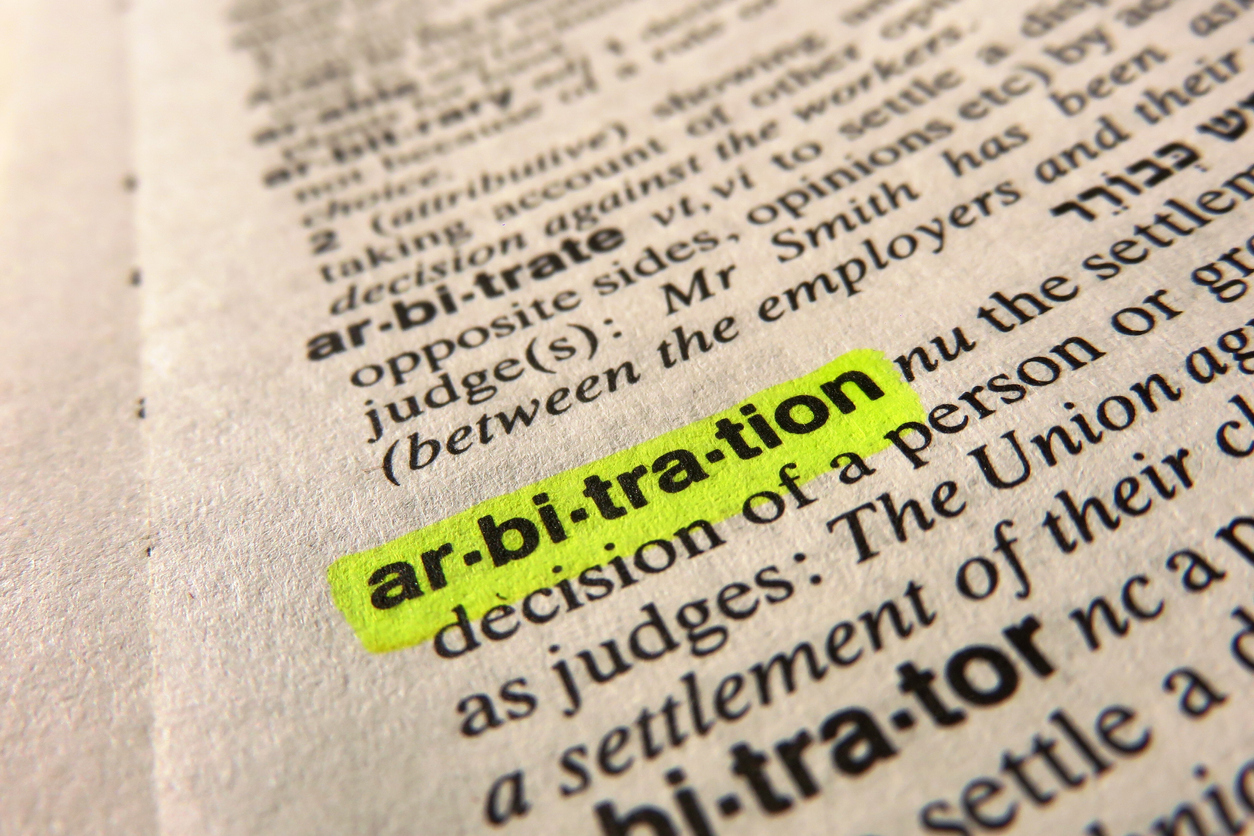The post from this morning, Internal Texas Windstorm Roofing Claims Memo Explains Damage is Not Covered, raised a number of interesting methods to research this coverage issue. Many risk managers and public adjusters will simply call me to get a quick opinion regarding many day to day coverage issues. I thought it might be interesting to see what adjusters may have in their basic training materials to answer the questions raised in the memo. I have no idea if the TWIA claims executives looked at any reference materials. I hope they authored the claims memo in ignorance, because the opposite poses a different set of problems.
Property Loss Adjusting is the most elementary treatise in my law firm’s library regarding property insurance adjusting. The American Institute of Insurance uses it, and it is mandatory reading for those obtaining a designation as an Associate of Insurance Claims. I will cite this treatise to demonstrate that the orders TWIA executives are providing to those in the field do not comply with standards in the industry.
The TWIA memo stated in part:
“It is important to note that we only cover direct, physical, loss from windstorm. Direct means it happened during Ike or Dolly, physical means the damage to the property is clearly visible and there must be a loss (destruction or damage to property) involved. Shingles that show no signs of damage other than they are not sealed and can be raised with your hand are not considered windstorm damaged. Some call these “lifted” shingles. Some call them “blown up” shingles. Some call them “unadhered”. Regardless of the terminology, these are not considered windstorm damaged. The shingles are mostly laying flat and are continuing to do as they were intended…….to repel water.”
Property Loss Adjusting has the following discussion on this topic:
1.18 Determine Whether the Loss Is a Direct Physical Loss
The first step for determining coverage for a particular loss is to review the insuring agreement and determine whether the loss is a direct physical loss. This section of the chapter explains the meaning of this threshold requirement of policy coverage…
Property insurance policies (other than those for time element losses) protect against direct physical loss only. Any loss that is not a direct physical loss is not covered. This is true under both special-form and specified-perils policies. To be covered, a loss must be both a direct loss and a physical loss, as well as to clarify the meanings of other insurance policy terms, see the following box.
Identifying a Direct Physical Loss
Policy forms do not define the phrase “direct physical loss”. However, policies do define the meanings of many terms in an insurance policy. To determine or clarify a term’s meaning, the following four sources should be consulted in order of priority
- 1. Definitions listed in the policy
- 2. Definitions given to the term by previous court decisions
- 3. Definitions found in dictionaries or other references
- 4. Meanings from common usage
Because “direct physical loss” is not defined in insurance policy forms, a definition must be found elsewhere. Black’s Law Dictionary defines “direct loss” as “one resulting immediately and proximately from the occurrence and not remotely from some other consequences or effects thereof.” One dictionary definition of “direct” is “marked by absence of an intervening agency, instrumentality, or influence.” An example of a direct loss is a store burning down. An indirect loss associated with the fire would be the loss of market resulting from the store’s being closed for six months to rebuild.
Direct Loss
All losses must be “direct” (as defined above). Indirect losses, if covered by insurance, are separate from direct losses. The most important type of indirect loss is the loss of use of property. Whenever property is damaged or destroyed, it cannot be used. Property insurance covers only the value of the damaged or destroyed property, not the loss of use of it while it is repaired or replaced. Coverage for loss of use is separate…Physical Loss
A loss is “physical” if it involves tangible property’s damage, destruction, or disappearance. Nonphysical losses, if covered by insurance, are separate from physical losses. Nonphysical losses include all kinds of financial loss, such as value to an inventory caused by changes in fashion or obsolescence, loss of value to a financial investment such as stocks or bonds, loss of income from an interruption on a business’s operation, or loss of customer’s goodwill. Likewise, embezzlement, swindling, and other forms of financial fraud are not physical losses and would be covered, if at all, only by special fidelity policies.
Nowhere in Property Loss Adjusting have I found TWIA’s requirement that damage is “clearly visible.” Indeed, the physical nature of the loss seems to indicate that “damage, destruction, or disappearance” is all that is required. Property Loss Adjusting does not discuss TWIA’s requirement that a “utilitarian function” of the property not work as well after alteration to classify it as a “loss.” An independent adjuster sent me a note that made fun of the TWIA claims memo by indicating that paint blown onto the roof would not be “direct physical damage” because the shingles work just as well as before the windstorm.
Property Loss Adjusting also has sections on roofing damage and repair:
9.33 Roofing Damage and Repair
Strong winds (generally in excess of 40 miles per hour); hail; and falling objects such as tree limbs are the usual causes to loss to roofs. Steep pitched roofs are less likely to sustain wind damage from significant wind. Slate and tile roofs are unaffected by wind unless it is hurricane or tornado force.
Exposure to heat from the sun and normal wear and tear exact a heavy toll on common roof coverings. The average life of an asphalt composition shingle roof is fifteen to thirty years, depending on the roofing material’s quality. Worn granular surfaces, curling of the shingle ends, and leaks into the interior are signs of age and damage that accumulate over time. Insurance does not cover wear and tear, but it might cover a new roofing job as part of an insurable loss to a home with replacement cost coverage. Because of their composition, asphalt roof shingles might sustain several slight incidents of damage that go unnoticed. The first indications of leakage usually signal the need for a new covering.
A roof can sustain a great deal of damage from a hailstorm, depending on the roofing material and the size of the hail. Large hailstones can shatter Spanish tile and slate. Light gauge metal can be severely dented. Wood shingles can be dented or split. Even asphalt shingles can be dented by large hailstones.
Inspection of Roofs
When inspecting damage to an asphalt roof, adjusters should, if possible, climb onto the roof. Wind might have broken the shingles, but unless the shingles are visibly torn, damage can be observed only by close inspection. Even if broken, the shingles will lie flat once the wind has subsided and will not appear to be damaged. Roofs of slate, tile, fiber panels, or wood can be damaged if walked on. Adjusters can go up on a ladder to get a good vantage point for inspection and should take photos from the edge of the roof.
Most building codes allow only two layers of asphalt shingles on a roof. This amount is based on the roof structure’s capacity to bear the cumulative weight of the material. Some adjusters believe that if the roof already has two layers, an allowance should be made to remove only the top damaged layer. The underlying layer, though, will almost certainly be damaged while the top layer is being removed, resulting in a need to replace parts of the underlying layer. The care needed to minimize underlying-layer damage can make the job take longer, increasing the labor cost. Whether both layers should be removed therefore becomes a matter of judgment.”
It was interesting that Property Loss Adjusting noted that “strong winds” only needed to be in excess of 40 miles per hour. I guess insurance industry engineers like HAAG and Rimkus had not influenced the author at the time this edition was written in 2004. Those companies typically call for much higher wind speeds for expected damage to roofs.
Pursuant to the memo, “damage” can be excluded. I saw no exclusionary language in the Property Loss Adjusting which followed the logic of the TWIA memo. However, I thought the discussion of excluded types of damage could be instructive:
“9.62 Damage to Exterior Paint
Because exterior paint is exposed to weather, it can be damaged in ways that interior surfaces cannot be. Wind-driven rain, dust, and debris can chip or pit surface paint and can wear off its protective coating. Intense direct sunlight and heat and very cold temperatures and accumulations of ice and snow can peel and crack exterior paint and shorten its lifespan. Improper methods of construction, which prevent proper ventilation, can create a moisture buildup causing wood siding to remain wet and paint to peel away from the surface. Problems such as these, caused by normal wear and tear, are not covered by insurance and are handled through regular maintenance.
The two basic adjusting considerations in handling damage to exterior paint are (1) distinguishing normal wear and tear and deterioration from insurable damages and (2) determining an allowance for appearance. Physical damage caused by fire or exposure to heat from fire at an adjoining property, hailstone damage, strong winds that propel objects into the exterior finish,
The complete exterior may be treated as one unit. Because paint can change color as it ages, new paint can rarely be perfectly matched to the old. Adjusters must carefully judge the situation after inspecting the property. Building interiors are segmented and are generally a variety of colors, but exteriors are usually one color and should present a consistent appearance. The adjuster must decide among painting only the damaged area, painting the entire side where the damage is present, or painting the entire building. Many states have claim practices regulations that dictate how the situation should be handled.”
I will write more on the TWIA memo tomorrow. For policyholders, risk managers, and attorneys, a partial point of this discussion is that the field of adjustment is studied. There is significant information outside the case law regarding how an adjustment is done. One of the most basic questions in every case is what is and is not covered. We use the adjustment reference material to help courts and insurers get the coverage decision right.



